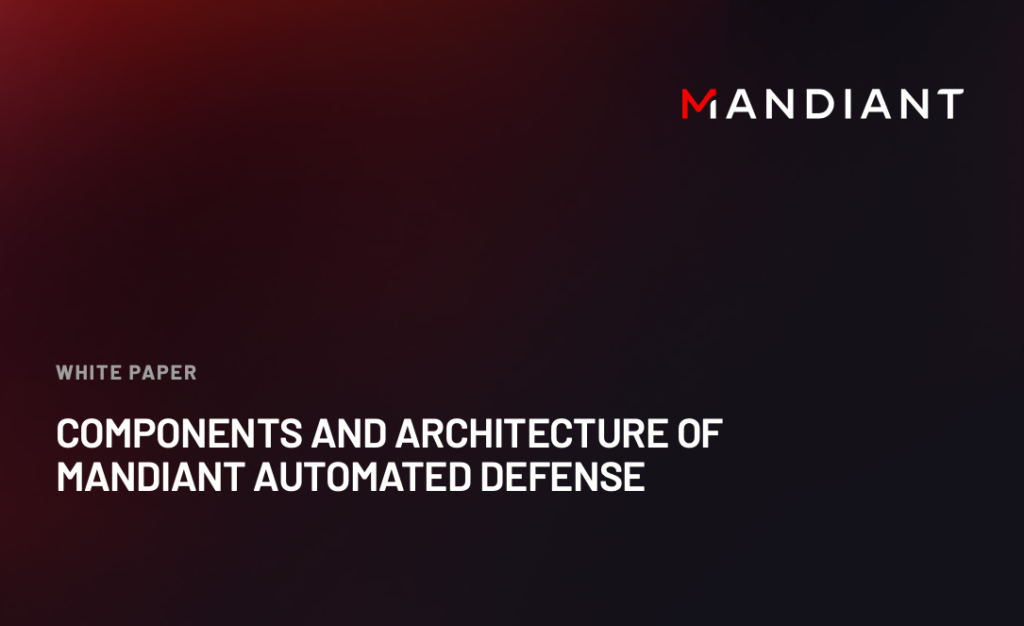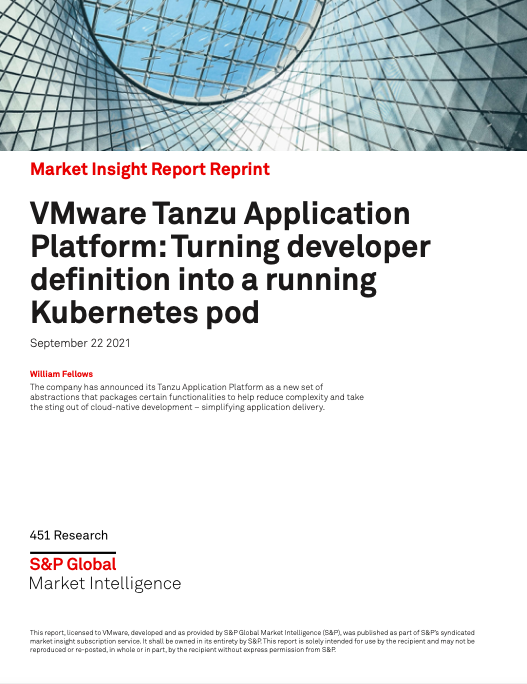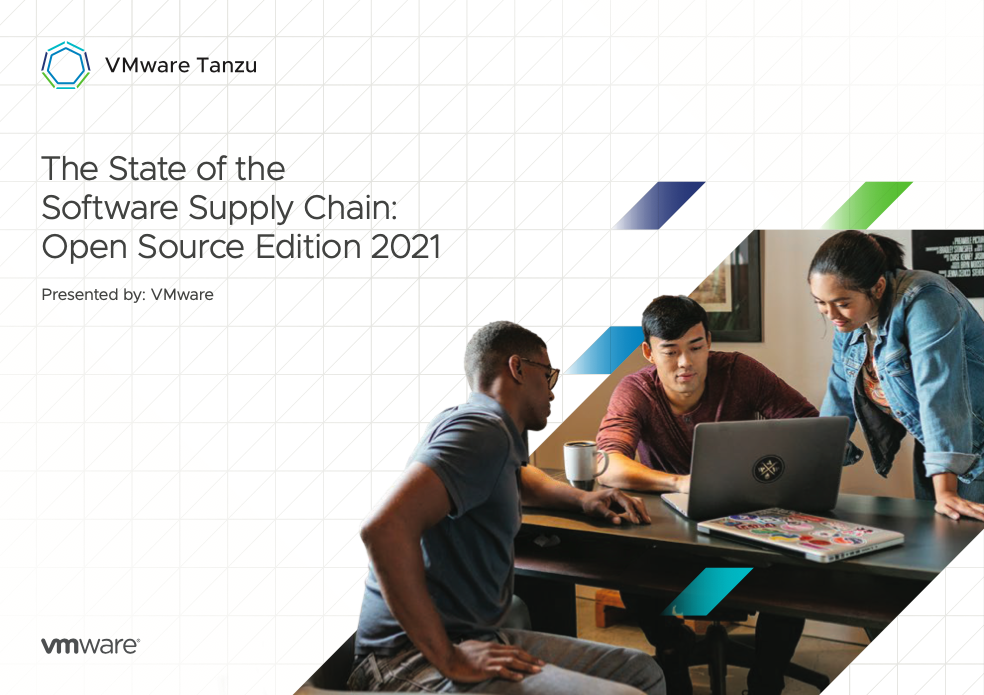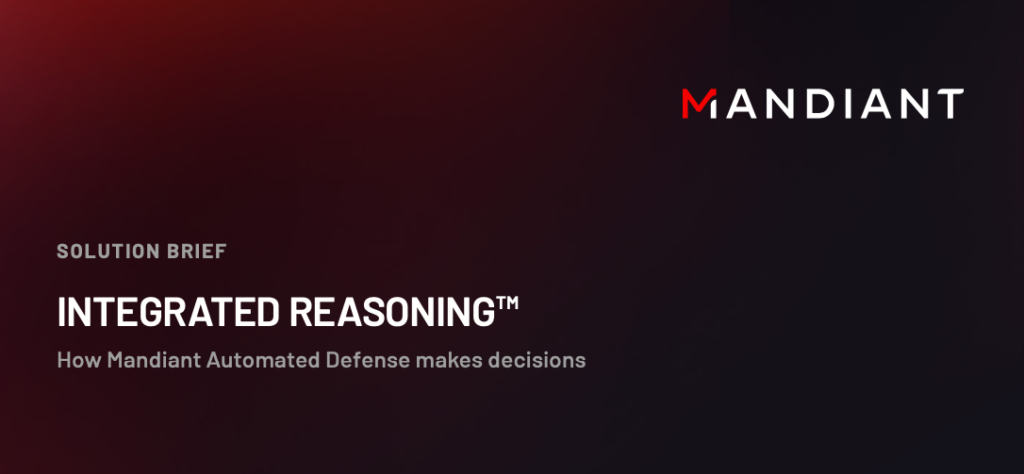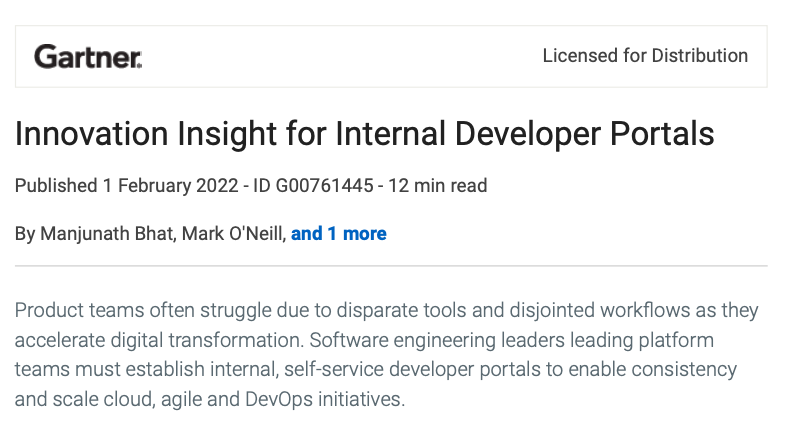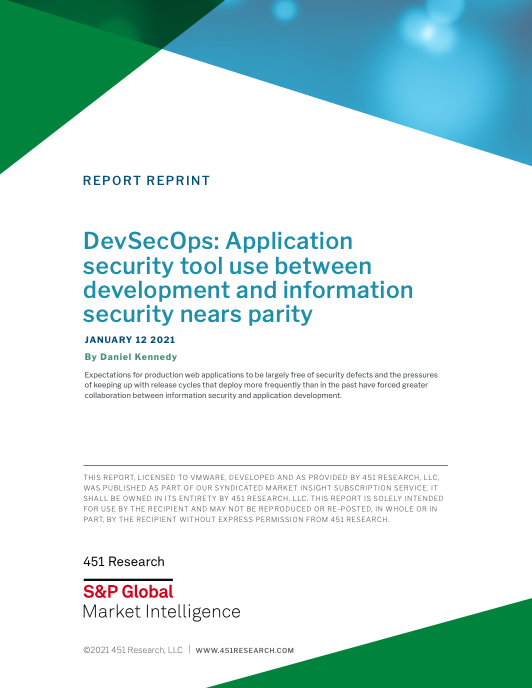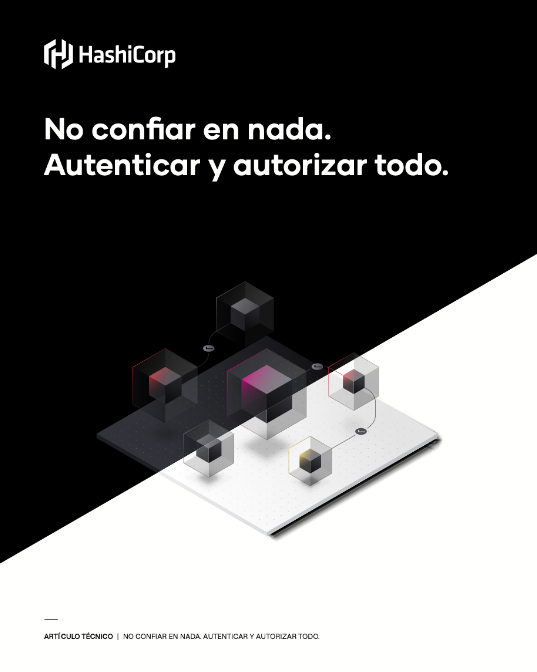Components and Architecture of Mandiant Automated Defense: A White Paper
Components and Architecture of Mandiant Automated Defense: A White Paper Mandiant Automated Defense, a critical component of extended detection and response (XDR) and the Mandiant Advantage platform, features decision automation software pre-built with the reasoning and decision-making skills needed to tackle the complexity and high volume of data facing security teams today. Automated Defense automates the analysis and triage of security data at machine speed with depth and consistency. Its proprietary intelligent decision engine provides built-in reasoning and judgment to make better decisions faster. Learn how Mandiant Automated Defense augments your Security Operations Center in our latest White Paper.
Components and Architecture of Mandiant Automated Defense: A White Paper Read More »
